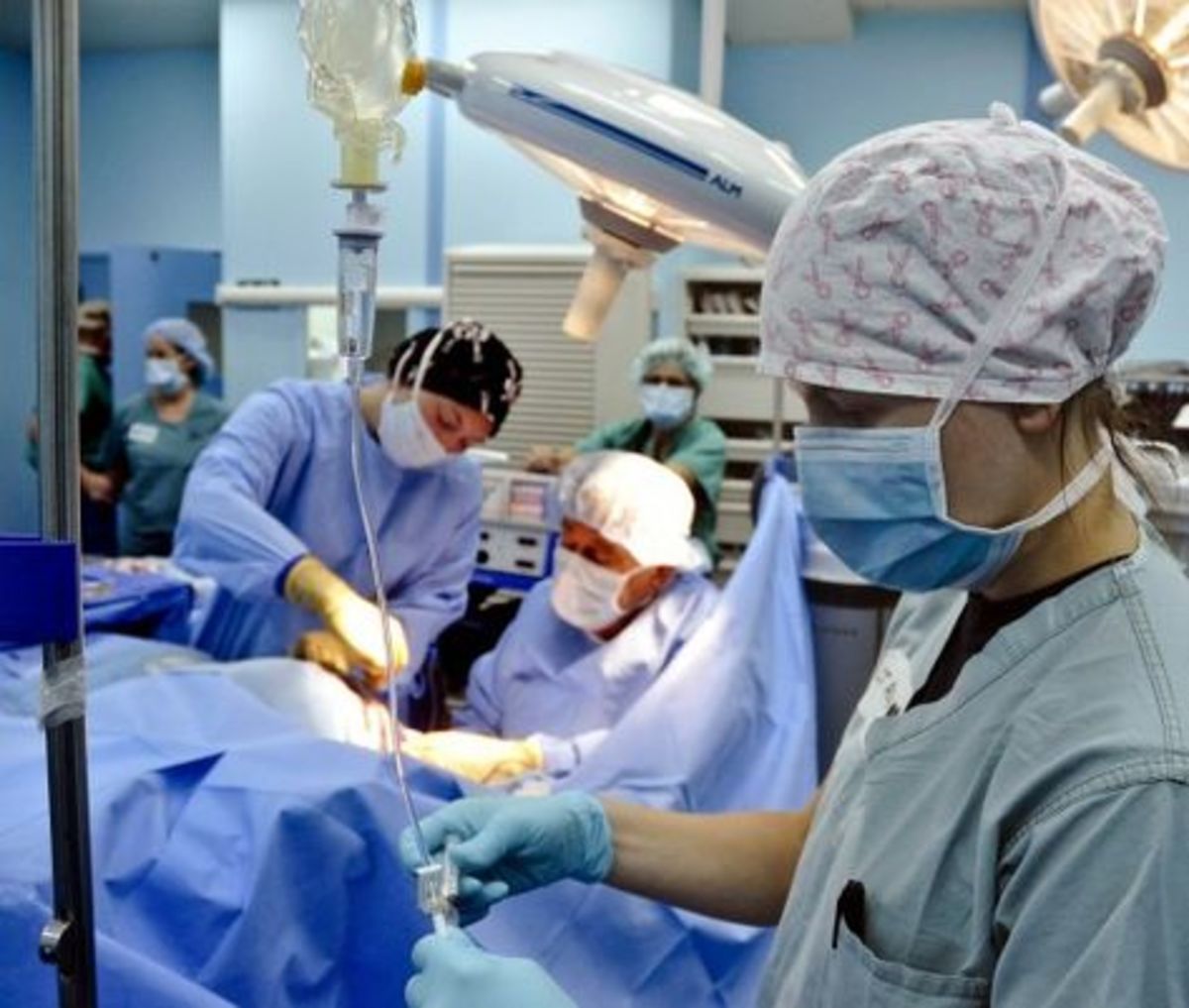Breast Cancer Testing

Breast Cancer Testing
When women think of breast cancer screening, they mainly think of mammograms, but there are a few other tests to know about. MRIs and ultrasounds do provide some additional imaging options, but mammography remains the simplest, cheapest most effective breast-screening tool in our medical arsenal. There are some situations that women should know about that might make additional testing appropriate for their particular situation.
Breast cancer can affect women of all ages with an estimated one in eight women being diagnosed with this in their lifetime. Screening to detect the disease before it spreads to other parts of the body is the most effective way to beat breast cancer, and women should continue to be tested at the recommended intervals. In addition to the mammogram, a clinical breast exam by a medical provider has always been part of the well woman’s annual exam. Breast self-exam is still encouraged by most physicians, but a report from the US Preventive Services Task Force on breast cancer screening in 2009 suggested that breast self-exam and clinical breast exam are not adding any breast cancer detection benefits. More on that later...
MRI has come into more common use in detecting breast disease, but it is still not recommended for the average woman as a routine screening test. There is a problem of false positive results, and this test could miss an early lesion that mammogram would have picked up. MRI is often used as an adjunct to regular mammogram in women who have already had breast cancer in one breast, those with breast implants and people with a strong family history of breast disease.
If a suspicious area is identified on mammogram screening, the MRI can then be done to look more closely at that area; however, it is not a substitute for breast biopsy. MRI can be used to guide a biopsy more accurately and to check the rest of the breast for spread of disease. The overall role of MRI for detecting and treating breast cancer is still being determined.
Ultrasound of the breast can be used for further evaluating areas of concern. This technique can differentiate cystic (fluid-filled) versus solid tumors. Needle biopsy of the solid tissue can then be guided by the ultrasound into the heart of the tumor. It is important to note that ultrasound is not a substitute for mammography because of the issue of detecting micro-calcifications, a potential indicator of the presence of cancer cells. A good use of ultrasound is when a breast lump is felt on clinical exam.
The mammogram-testing interval recommended by the American College of Obstetricians and Gynecologists (ACOG) is annually for women aged 40 years and older. The College also feels that breast self examination has potential benefit along with annual clinical breast examinations starting at age 20. The following is a summary of ACOG’s current recommendations:
• Clinical breast examination should be performed annually for women aged 40 years and older.
• For women aged 20–39 years, clinical breast examinations are recommended every 1–3 years.
• Breast self-awareness should be encouraged and can include breast self-examination. Women should report any changes in their breasts to their health care providers.
• Women should be educated on the predictive value of screening mammography and the potential for false-positive results and false-negative results. Women should be informed of the potential for additional imaging or biopsies that may be recommended based on screening results.
• Women who are estimated to have a lifetime risk of breast cancer of 20% or greater, based on risk models that rely largely on family history (such as BRCAPRO, BODACEA, or Claus), but who are either untested or test negative for BRCA gene mutations, can be offered enhanced screening.
• Breast MRI is not recommended for screening women at average risk of developing breast cancer.
For women who test positive for BRCA1 and BRCA2 mutations, enhanced screening should be recommended and risk reduction methods discussed.
BRCA Testing
- BRCA gene test for breast cancer - MayoClinic.com
BRCA gene test — Overview covers definition, results of testing for specific breast cancer genes.
Women's Health Blog
Breast Cancer Screening
- Mammogram guidelines: What\'s changed? - MayoClinic.com
Latest mammogram guidelines for breast cancer screening.









